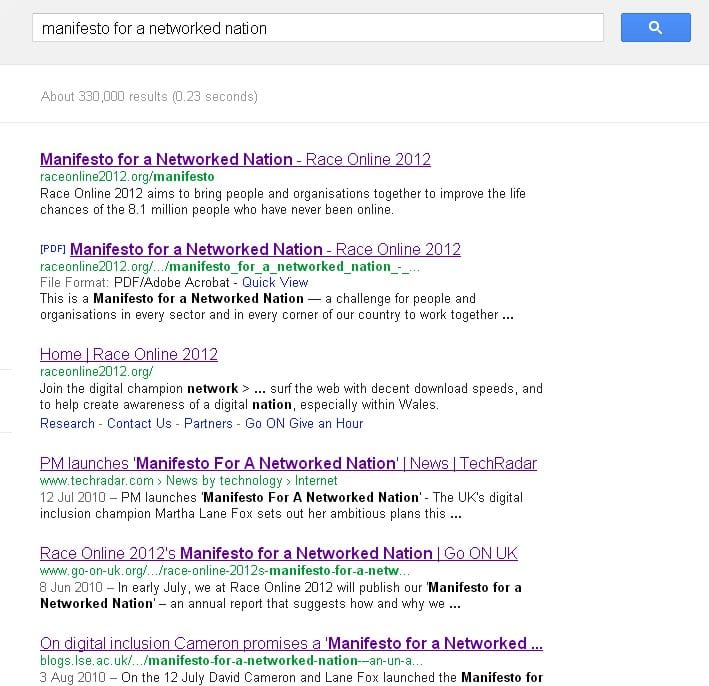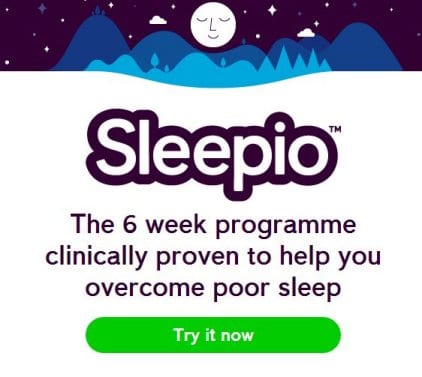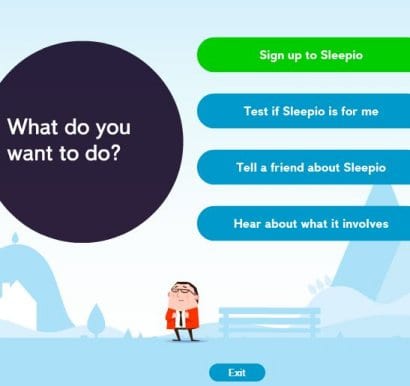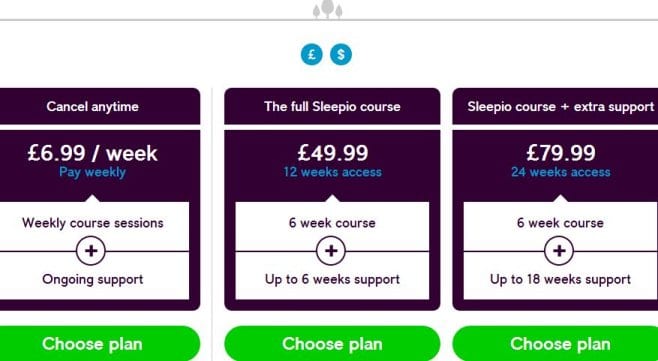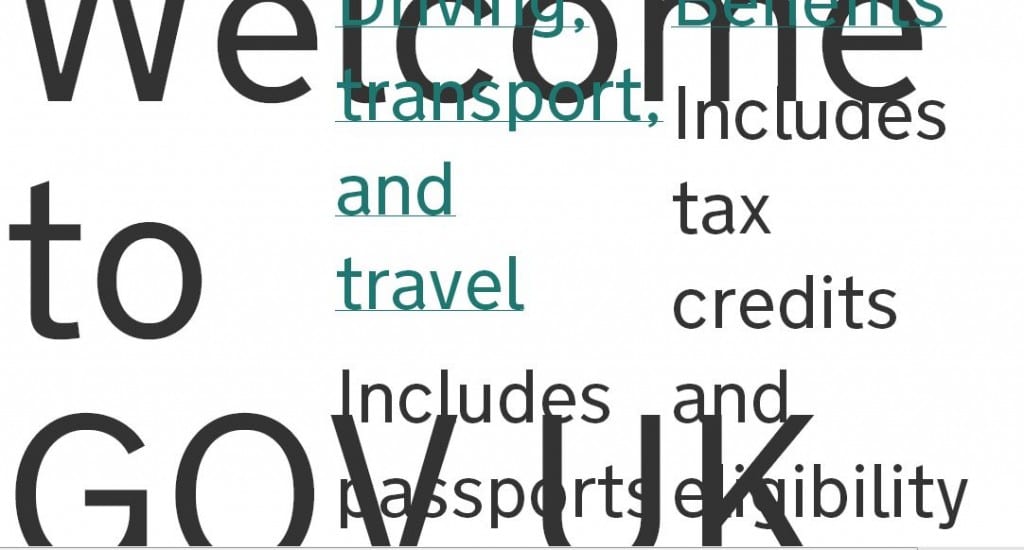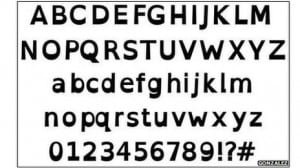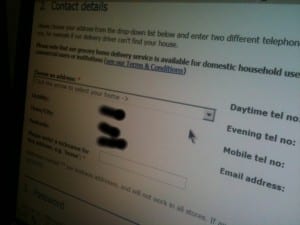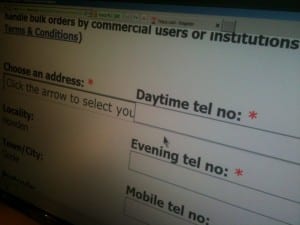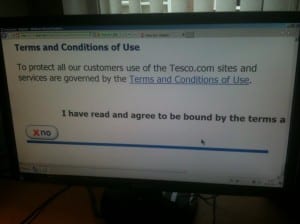At last the government acknowledges digital exclusion is about more than access to technology – it is also about the quality of that access. http://www.bbc.co.uk/news/technology-20236708 Digital literacies are moving centre stage. This is reassuring. For too long the focus has been embedding technology into systems or attention to early adopters pushing the boundaries. It’s time the user experience received some attention.
This past year the JISC Developing Literacies Programme has funded projects designed to embed core digital skills into the curriculum. JISCs definition of digital literacy is those capabilities which fit an individual for living, learning and working in a digital society. Within HE they give examples of using digital tools to undertake academic research, writing and critical thinking; PDP and showcasing achievements. But it’s not easy to package digital literacies into any single box and this makes strategic approaches to supporting their development a tricky task.
A report commissioned by Go On has concluded 16 million people in the UK lack basic online skills; defined as using a search engine, sending and receiving emails, completing online applications and accessing information online. Organisations are pledging to train their employees in these four areas. This barely scratches the surface when the full implications of digital engagement are set out. Broader digital literacies have become essential life skills for example personal and financial safety online, the permanence of digital footprints and hard criticality with regard to online content. In an unmoderated environment, the evaluation of authenticity and authority lies with the individual user. Distinguishing between knowledge information and personal opinion is an increasingly essential art – and not always an easy one.
Being let loose on the internet can be exciting and inspiring. It can also quickly become a nightmare. Digital literacies have moved on from the skills required to access virtual environments, although there is a danger these are assumed more than are in evidence. However, I’m not sure they have moved far enough. There are broader issues around living in a digital society which are surfaced less often. Any attention to digital literacies is good but the attention has to be focused in the right places for it to be truly effective

